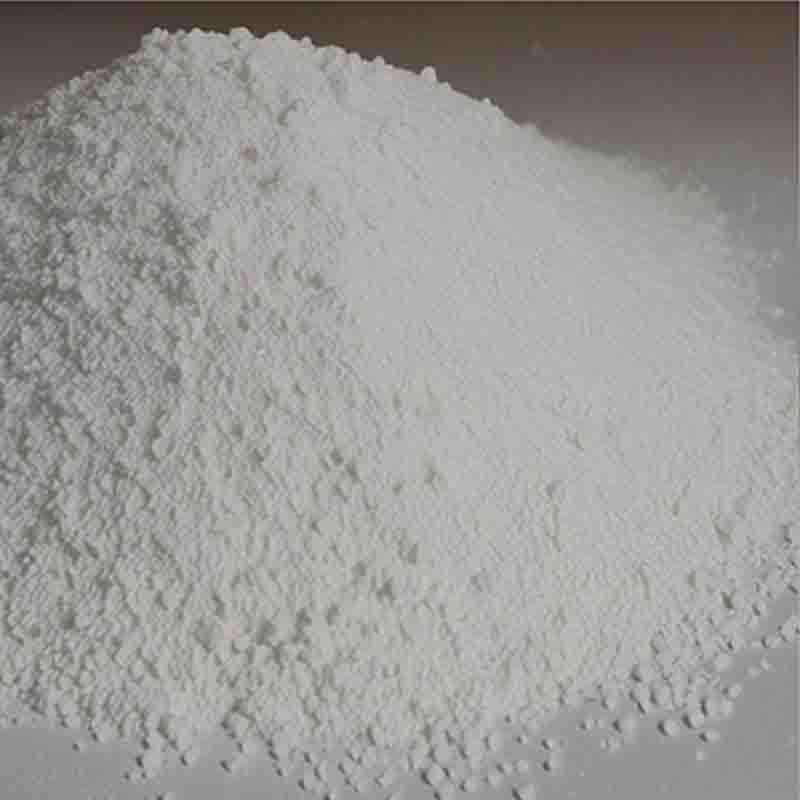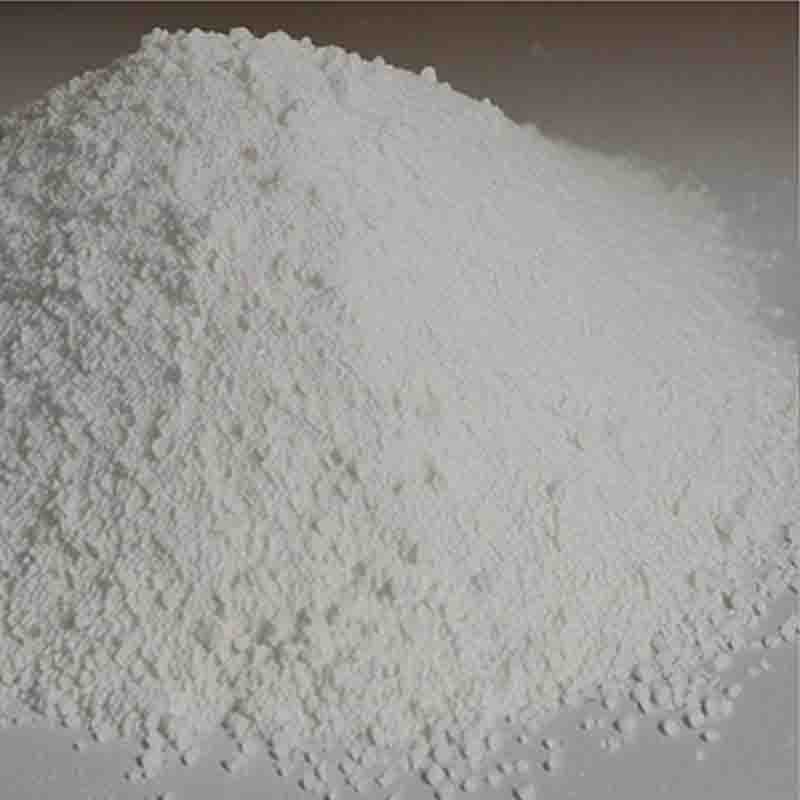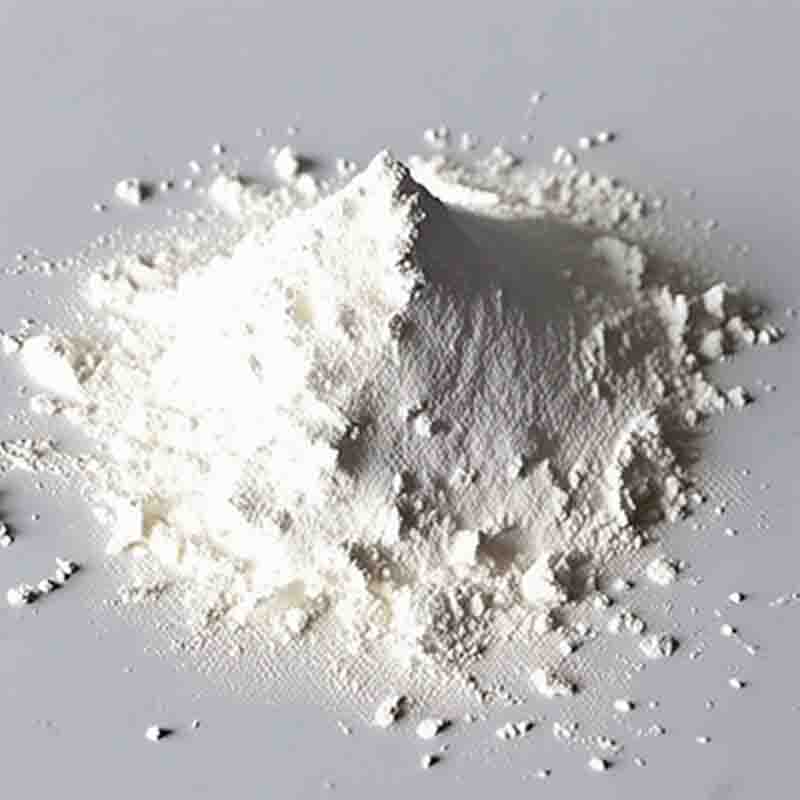[1,3-Bis(diphenylphosphino)propane]nickel(II) chloride CAS: 15629-92-2
| Catalog Number | XD94442 |
| Product Name | [1,3-Bis(diphenylphosphino)propane]nickel(II) chloride |
| CAS | 15629-92-2 |
| Molecular Formula | C27H26Cl2NiP2 |
| Molecular Weight | 542.04 |
| Storage Details | Ambient |
Product Specification
| Appearance | White powder |
| Assay | 99% min |
[1,3-Bis(diphenylphosphino)propane]nickel(II) chloride, often abbreviated as Ni(dppp)Cl2, is a coordination complex that contains a nickel(II) ion coordinated with two chloride ligands and a bidentate dppp ligand. This compound has diverse applications in catalysis, especially in various organic transformations.One prominent use of Ni(dppp)Cl2 is in the catalytic cross-coupling reactions, particularly in the Stille coupling. The Stille coupling is a versatile method for forming carbon-carbon bonds between an organotin compound and an organic halide, often an aryl or vinyl halide. Ni(dppp)Cl2, in conjunction with a suitable base such as triethylamine, serves as a catalyst to facilitate this coupling reaction. The dppp ligand plays a crucial role in stabilizing the nickel intermediate and promoting the carbon-carbon bond formation. The Stille coupling is widely utilized in the synthesis of pharmaceuticals, natural products, and other complex organic molecules.Furthermore, Ni(dppp)Cl2 is employed in the Kumada coupling reaction, another significant cross-coupling method. The Kumada coupling involves the coupling of an organic halide with an organomagnesium compound, typically an organomagnesium halide. Ni(dppp)Cl2, along with a suitable base such as t-BuLi, acts as a catalyst in this transformation. The coordination of Ni(dppp)Cl2 with the organic substrates promotes the necessary oxidative addition and transmetalation steps, enabling the formation of new carbon-carbon bonds.In addition to cross-coupling reactions, Ni(dppp)Cl2 finds application in other organic transformations. It can be utilized in the catalytic hydrogenation of carbon-carbon double or triple bonds. The dppp ligand assists in the activation of molecular hydrogen and facilitates the insertion of hydrogen into the unsaturated organic substrate, resulting in the reduction of the bond. This catalytic hydrogenation process is valuable in the synthesis of fine chemicals, pharmaceutical intermediates, and various industrially important compounds.Moreover, Ni(dppp)Cl2 has been employed in catalytic carbonylation reactions, where carbon monoxide (CO) is incorporated into organic substrates, leading to the formation of carbonyl compounds. This catalytic system allows for the synthesis of diverse carbonylated products, including esters, amides, and carboxylic acids.In summary, Ni(dppp)Cl2 is a versatile catalyst in various organic transformations. Its applications in cross-coupling reactions, hydrogenation, carbonylation, and other processes enable the synthesis of complex organic molecules with high efficiency and selectivity. The coordinated dppp ligand, in combination with the nickel(II) center, plays a crucial role in facilitating the necessary chemical transformations. Ni(dppp)Cl2 is a valuable tool in organic synthesis, finding applications in the pharmaceutical industry, fine chemicals synthesis, and other fields requiring efficient carbon-carbon bond formations.


![[1,3-Bis(diphenylphosphino)propane]nickel(II) chloride CAS: 15629-92-2 Featured Image](https://cdn.globalso.com/xdbiochems/白色粉末2682.jpg)
![[1,3-Bis(diphenylphosphino)propane]nickel(II) chloride CAS: 15629-92-2](https://cdn.globalso.com/xdbiochems/粉末2446.jpg)


![ethyl2-[[(2S)-1-(2-phenylacetyl)pyrrolidine-2-carbonyl]amino]acetate CAS:157115-85-0](https://cdn.globalso.com/xdbiochems/白色粉末1698.jpg)


